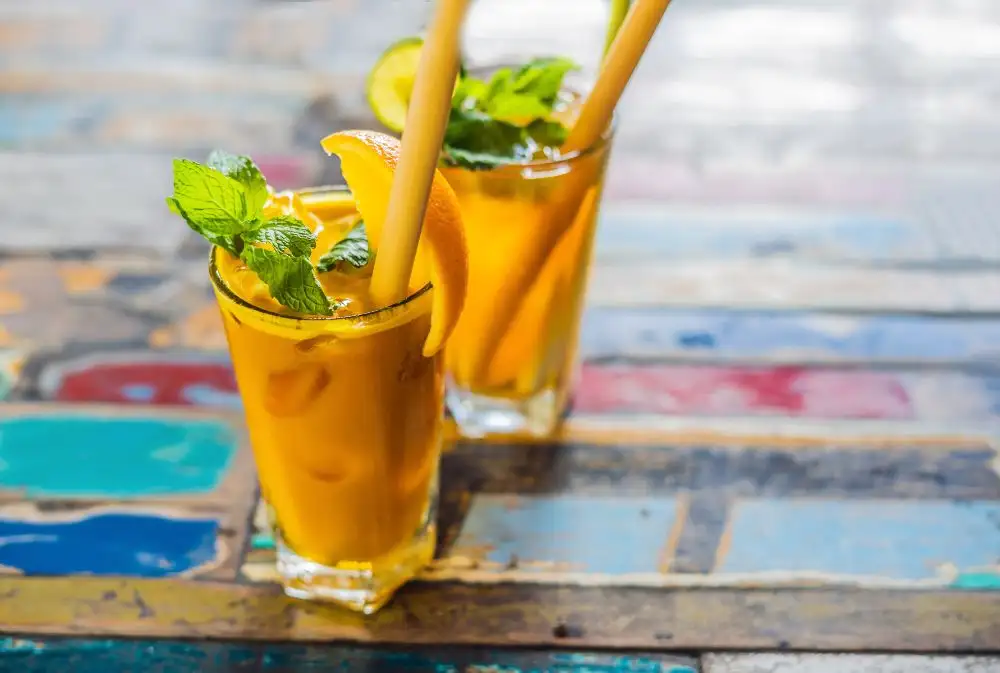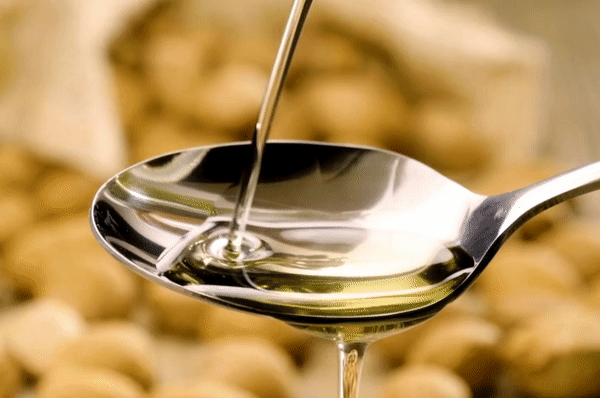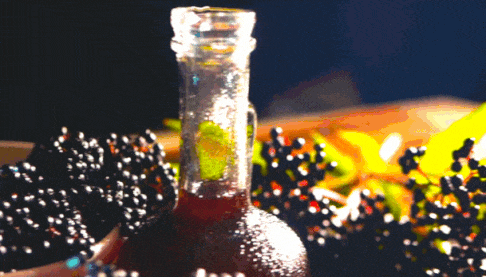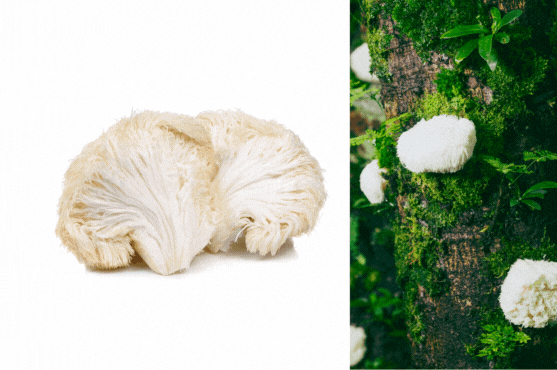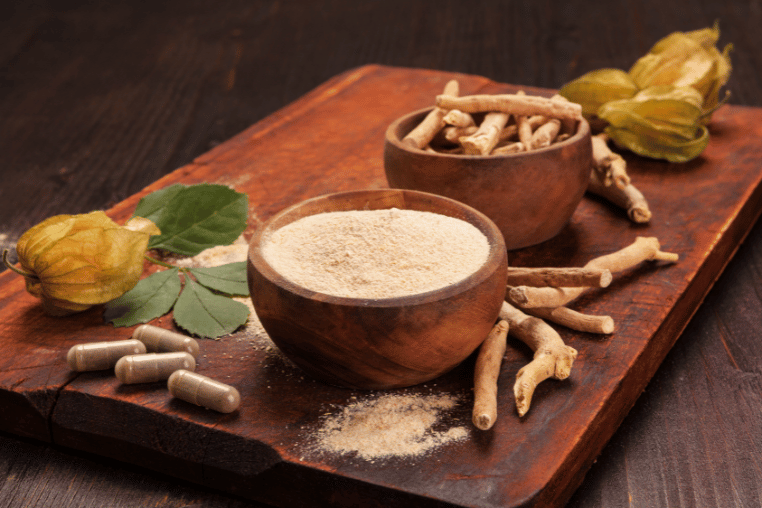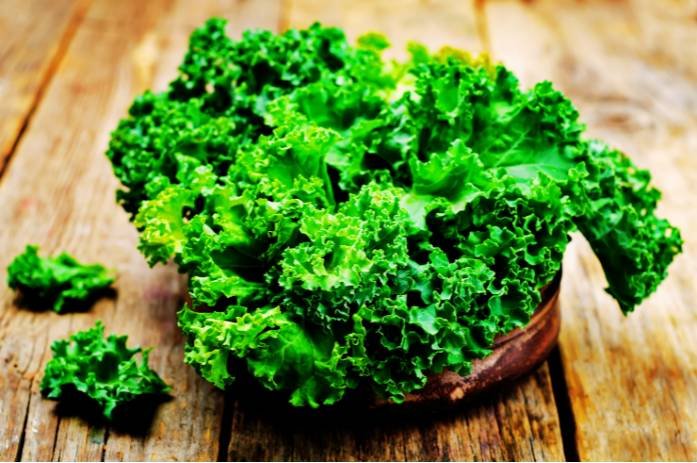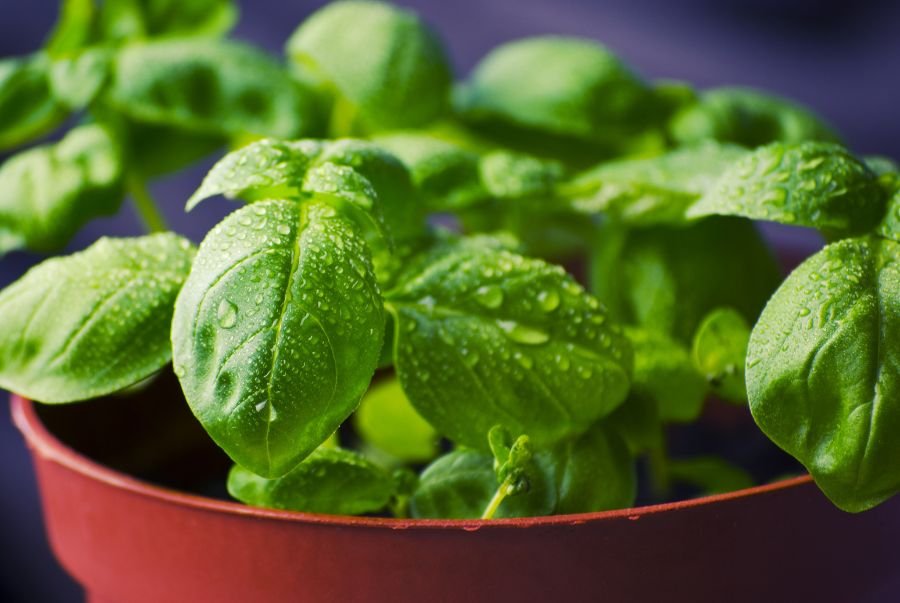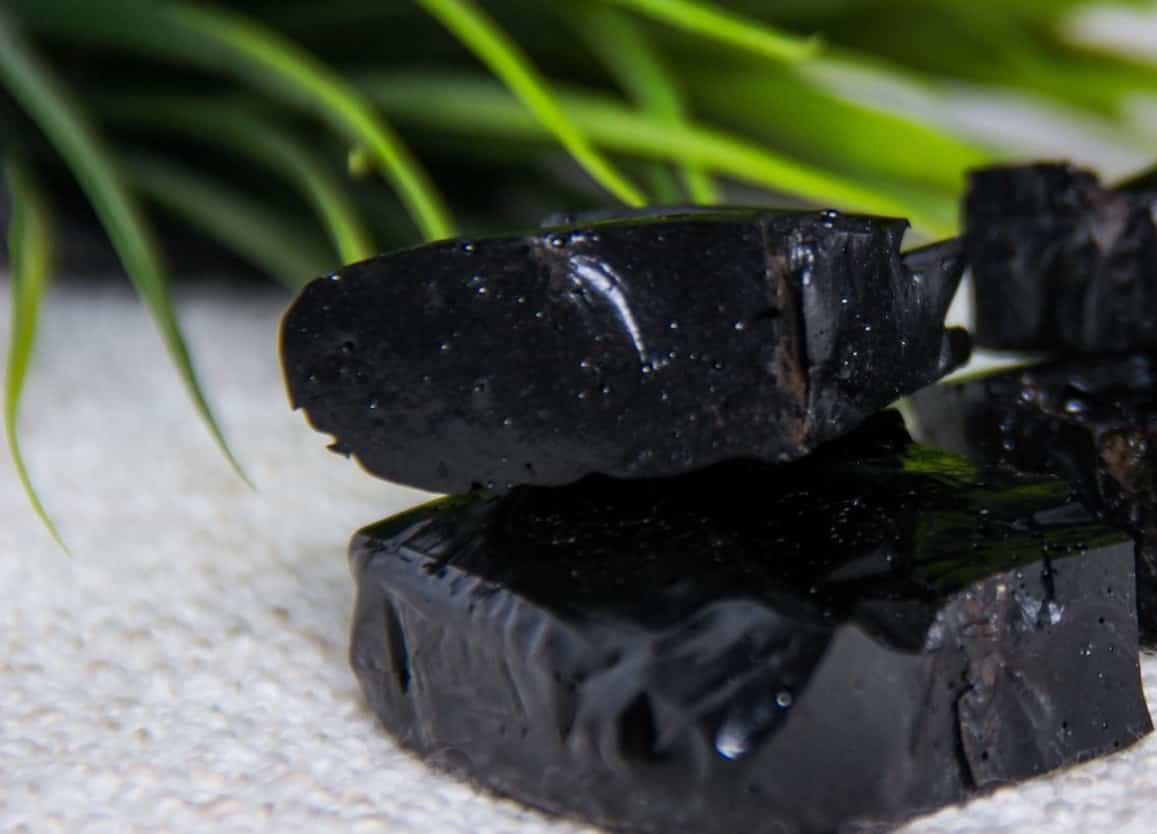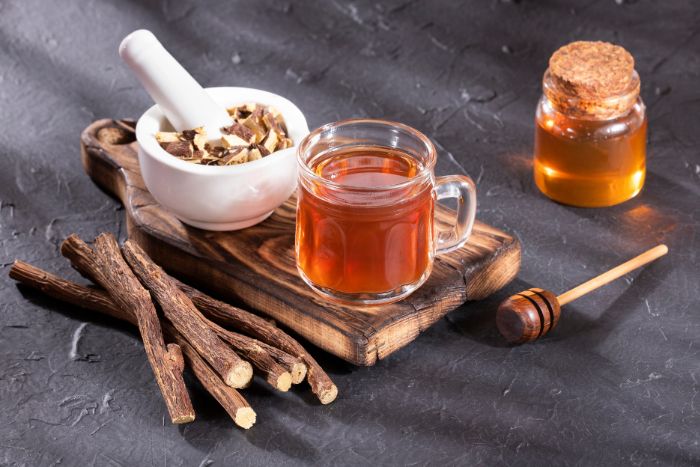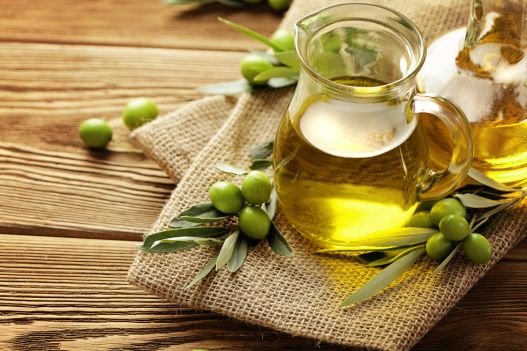
Cheri Daniels
Certified Dietitian
Brief explanation of what basil is
Basil is a popular herb from the mint family. It is native to tropical regions of central Africa and Southeast Asia but is now cultivated all around the world. The herb is known for its strong aroma and is used in various culinary and medicinal applications. Basil leaves are typically green and have a distinct scent that can be described as sweet, earthy, and slightly peppery. The herb has been used for centuries in traditional medicine to treat various ailments, including digestive issues, respiratory problems, and skin conditions. In cooking, basil is a staple herb in many cuisines, especially Italian, Thai, and Vietnamese. It is used fresh or dried to add flavor to dishes such as pasta sauces, soups, curries, salads, and pizzas. The herb pairs well with other herbs like oregano, thyme, and parsley, as well as with garlic and olive oil. Basil is also used to make various products, including essential oils, perfumes, and soaps. It is a popular ingredient in aromatherapy, where it is believed to have a calming and soothing effect on the mind and body.The history of basil
Basil is an herb with a rich history that dates back thousands of years. The herb has been used for both culinary and medicinal purposes by various cultures throughout history. The ancient Greeks believed that basil was a symbol of hospitality, and it was often used in cooking and as a medicinal herb. The Greeks also associated basil with love and fertility, and it was used in various rituals and ceremonies. The ancient Romans were also fond of basil and used it in cooking and to make perfumes and oils. They believed that basil had healing properties and used it to treat various ailments, including digestive issues, headaches, and respiratory problems. In India, basil has been revered as a sacred herb for centuries. The herb is known as Tulsi in Hindi, and it is used in various religious and cultural ceremonies. It is also believed to have medicinal properties and is used to treat various ailments, including colds, flu, and headaches. During the Middle Ages, basil was used in Europe to treat various illnesses, and it was also believed to have supernatural powers. It was used to ward off evil spirits, and it was believed that if basil was grown in a garden, it would protect the home from lightning strikes.The various types of basil
There are many different types of basil, each with its own unique flavor, aroma, and appearance. The most common types are: Sweet Basil: This is the most common type of basil and is used in various culinary applications. It has a sweet, slightly spicy flavor and a distinct aroma. Sweet basil is used in many Italian dishes, including pasta sauces, pesto, and pizza.


Health Benefits of Basil
Basil has many health benefits. Here are some of them are: A. Anti-inflammatory Properties: Basil contains compounds that have anti-inflammatory properties, which can help reduce inflammation in the body. Chronic inflammation has been linked to various health issues, including heart disease, cancer, and arthritis. Consuming basil regularly may help lower the risk of these diseases. B. Antioxidant Properties: Basil is rich in antioxidants, and protects us from free radicals. Free radicals can cause oxidative stress in the body, which can lead to various diseases, including cancer, heart disease, and Alzheimer’s disease. The antioxidants in basil may help prevent or reduce the risk of these diseases. C. Digestive Benefits: Basil has been shown to have digestive benefits, including reducing gas and bloating. It can also help stimulate the appetite and aid in digestion. Additionally, basil has antibacterial properties that can help fight off harmful bacteria in the gut. D. Promotes Healthy Skin: Basil contains various compounds that can help promote healthy skin. It has antibacterial and antifungal properties that can help fight off acne and other skin conditions. It also contains antioxidants that can help protect the skin against damage from free radicals.Culinary Uses of Basil
Basil is a versatile herb that is popular in many different cuisines around the world. Here are some of the culinary uses of basil:- Traditional Uses in Italian Cuisine: Basil is perhaps most commonly associated with Italian cuisine. It is a key ingredient in dishes like pesto, Caprese salad, and margherita pizza. In Italian cooking, basil is typically used fresh and added to dishes at the end of the cooking process to preserve its flavor.
- Uses in Other International Cuisines: Thai cuisine often uses Thai basil, which has a slightly different flavor profile than the sweet basil commonly used in Italian cooking. In Indian cuisine, basil is often used in dishes like chutneys and curries.
- Creative Ways to Use Basil in Cooking: In addition to its traditional uses, basil can also be used in creative ways in cooking. For example, it can be added to cocktails for a unique twist on classic drinks. Basil can also be used in desserts, such as basil ice cream or lemon basil sorbet. Additionally, basil can be used to make infused oils or vinegars, which can be used to add flavor to a variety of dishes.

